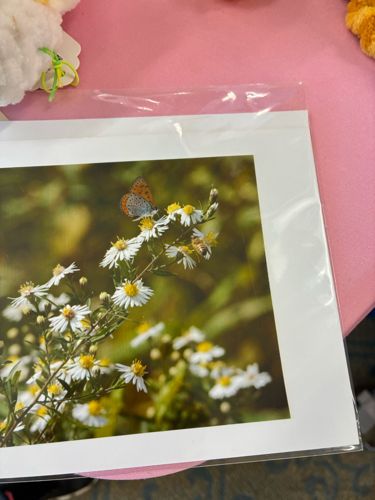American Copper Butterfly
Scientific Name: Lycaena phlaeas americana
Order & Family: Lepidoptera, Lycaenidae
Size: Wingspan typically 20-30 mm (0.8-1.2 inches)

Natural Habitat
Open sunny areas, meadows, fields, roadsides, gardens, and disturbed areas where host plants (various docks and sorrels, particularly sheep sorrel) are present.
Diet & Feeding
As adults, they feed on nectar from a variety of flowers, especially small-flowered plants like asters, potentilla, and clover. Larvae (caterpillars) feed on the leaves of plants in the genus Rumex (docks and sorrels).
Behavior Patterns
Diurnal. Often seen basking in the sun or flitting quickly between flowers. Males are territorial and will chase away other butterflies. They typically have several broods per year.
Risks & Benefits
Benefits: Important pollinators for various wild and cultivated plants. They are also part of the food chain for birds and other insectivores. Risks: No direct risks to humans. Their populations can be affected by habitat loss and pesticide use.
Identified on: 10/8/2025